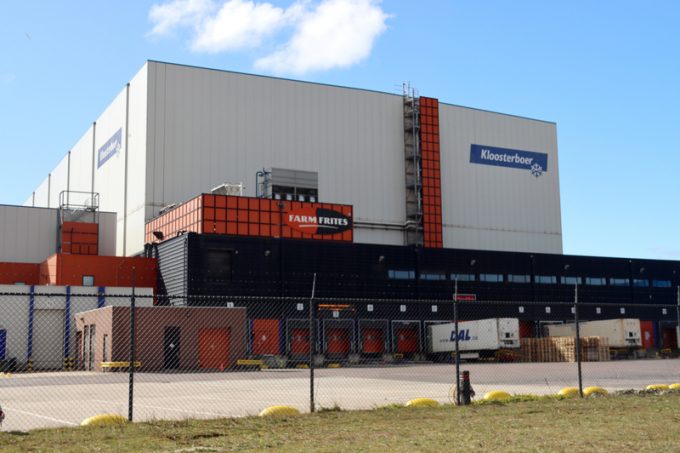$31bn Lineage – build the upside, sniff the downside
Almost addictive, it seems

US cold storage real estate investment trust Lineage Logistics has embarked on a transatlantic buying spree.
On 8 June the company announced the acquisition of Kloosterboer Group, an integrated platform for temperature-controlled storage, logistics and value-added services.
Kloosterboer has 11 facilities, in the Netherlands, France,Germany, South Africa ...
CMA CGM South Korean staff strike over bonuses after bumper 2024 profit
MSC switches two more Asia-Europe port calls from congested Antwerp
CMA airline returns two freighters, while ANA takeover of NCA looms
Front-loading frenzy has made traditional H2 peak season 'unlikely'
Tradelanes: Export boom in Indian sub-continent triggers rise in airfreight rates
Nightmare for Bangladeshi exporters as congestion and tariffs bite
Carriers introduce surcharges as congestion builds at African ports
Mexican airport modernisation plan unlikely to boost cargo facilities

Comment on this article